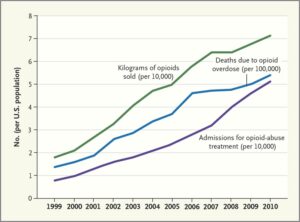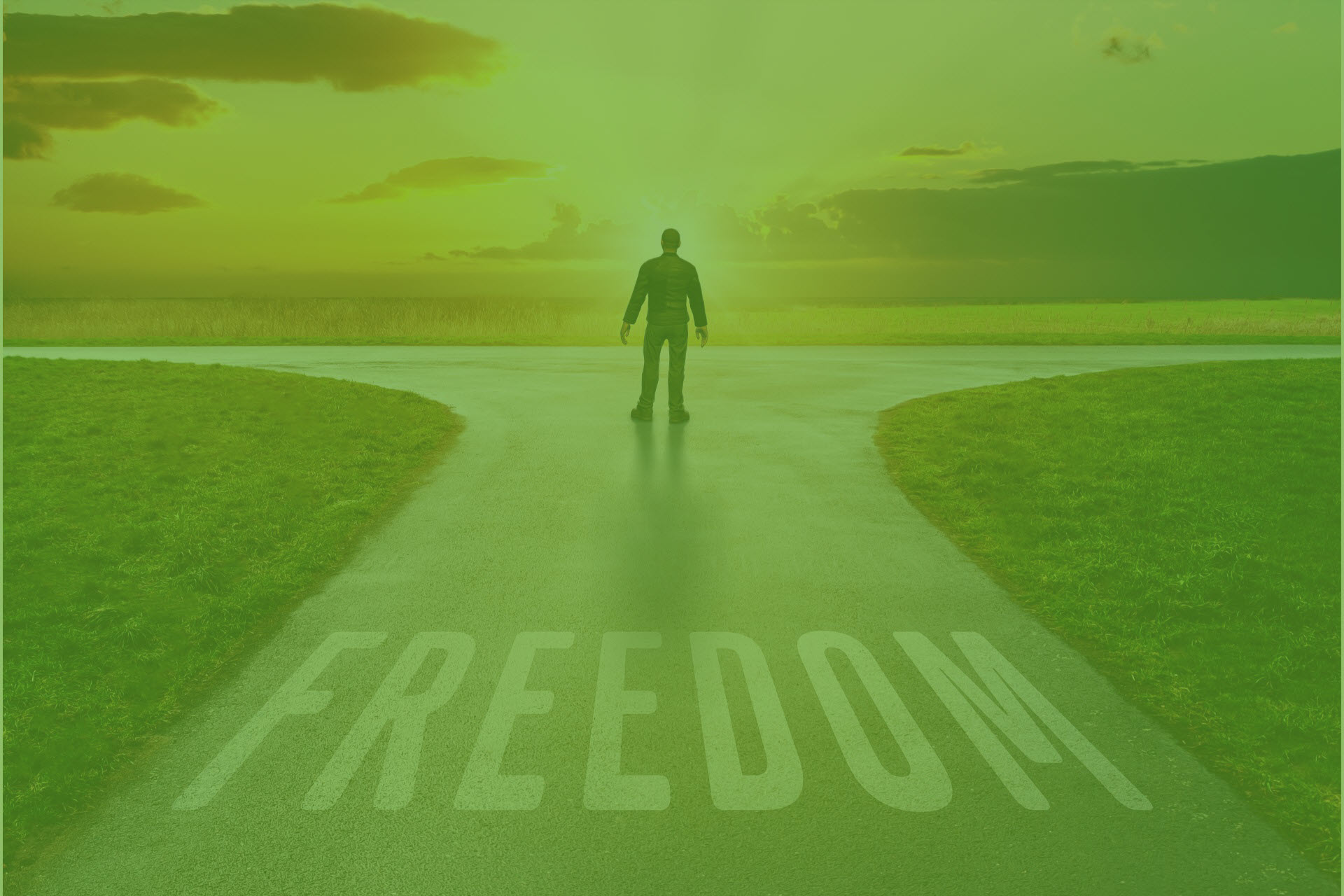Austin Texas Opiate Treatment And Rehab
Contents
- 1 Austin Texas Opiate Treatment And Rehab
- 2 Opiate Addiction Treatment near Austin
- 3 How Do Austin Residents Know if They Are Addicted to Opioids?
- 4 How Is Opiate Addiction Treated in Austin TX?
- 5 The Length Of Time Is Austin Rehab for Opioid and Heroin Addiction?
- 6 How Much Does Treatment for Opiate and Heroin Addiction in Austin Cost You?
- 7 What Is the Best Treatment for Heroin Addiction near Austin?
- 8 How Are Opiate Withdrawal and Abuse Dealt With in Austin?
- 9 Austin Opioid Addiction Treatment Centers
- 10 Should We Keep Narcan in Our House?
Opiate abuse is a globally-reaching pandemic and millions of people are battling with this effective kind of addiction. A customized treatment plan can assist guide patients towards recovery.
Opiate Addiction Treatment near Austin

An Opiate addiction is a disease that infiltrates the brain and ruined essential organs. The only method to overcome this dependence is with addiction treatment. Treatment typically happens at an inpatient or outpatient rehab center, and incorporates a variety of different therapies, medications and other valuable tools.
The length of time required for treatment varies with each individual. For some people, treatment happening over the course of a 30-, 60- or 90-day program provides them with the tools needed to maintain sobriety. Nevertheless, others may pick to stay in treatment after 90 days to ensure the best possibilities of staying sober throughout recovery.
If you’re ready to begin the recovery process, act now. Conquering an addiction might be among the hardest things you’ll ever do, but going to rehab will be a terrific decision to live a better life.
How Do Austin Residents Know if They Are Addicted to Opioids?
While there isn’t a blood test or other lab work to identify addiction, there are distinct behavioral indicators that the disease has taken hold. If you consume about getting the drug and using the drug and then spend the rest of your time recuperating from the effects of substance abuse, you’re probably taking a look at addiction. Other dead giveaways consist of jeopardizing your worths, acting in manner ins which put yourself or others at threat, and experiencing negative repercussions in your relationships and other elements of your life because of your use.
If you’re unsure about the extent of your issue, take a brief inventory to get a better sense of how much your substance abuse is affecting your life.
How Is Opiate Addiction Treated in Austin TX?
Heroin and opioid treatment programs and services vary by provider and by the type and level of services required to efficiently resolve your specific scenario. Here are some essential elements of successful opioid addiction treatment programs:
- Medical detox
- Evaluations including medical, mental health and drug abuse history
- Mental health services
- Medical services
- Medication-assisted treatment
- Group and one-to-one chemical health services
- Health and fitness
- Twelve Step Facilitation
- Nutritional counseling
- Individualized preparation
- Family services
- Spiritual care
- Educational and experiential workshops
- Post-rehab planning
It’s likewise crucial to know that your speed through rehab won’t correspond those around you. While there are common turning points in recovery from opioid use disorder, your recovery course will be your own– based on your specific situation, obstacles and needs. Several of the following rehab levels may be recommended for you:
- Inpatient– 24/7 staffing and programming: High-Intensity Outpatient Program– 20 or more hours of programming a week for four or more days per week with possible on-site sober real estate choices
- Intensive Outpatient Program (IOP): Normally starts with 12 hours of programming for four days weekly but can lessen with time as you progress in your recovery
- Continuing Care: This can be anywhere from one to 8 hours a week depending on your requirements
The Length Of Time Is Austin Rehab for Opioid and Heroin Addiction?
The length of time you participate in an opioid treatment program will be based on your specific needs. Our clinicians will deal with you, your family and your insurance coverage provider to come up with the very best plan for you. Like diabetes or high blood pressure, addiction is a chronic disease. Restoring and keeping your health suggests learning to manage your symptoms, initially within the structure and assistance of a rehab setting and ultimately in your home environment where you’ll supervise of your sobriety.
The most recent scientific research study on recovery from substance abuse determines ongoing participation in recovery-focused activities as the best predictor of long-term sobriety. Active engagement is especially important during your first 18 months of recovery when the danger of relapse is most extreme.
Related Location: Cincinnati Ohio Opiate Treatment And Rehab
How Much Does Treatment for Opiate and Heroin Addiction in Austin Cost You?
The cost of treating opiate addiction depends upon the provider you pick, the level of care suggested and your length of time in rehab. Your cost will likewise depend on whether you have insurance protection for rehab or you are paying out-of-pocket. Liberation Way is an in-network provider with many insurance coverage carriers. The majority of our clients access insurance coverage benefits to assist cover the cost of treatment. Insurance policies and benefits vary considerably. As a non-profit treatment center, the Liberation Way Structure provides Client Financial Support funds when available, on a limited basis, to assist offset costs for certifying clients. Learn more about insurance coverage alternatives.
What Is the Best Treatment for Heroin Addiction near Austin?
In 2015, in recognition of the nation’s emerging opioid addiction crisis including an extraordinary epidemic of opioid overdose deaths– clinicians at Liberation Way developed the Comprehensive Opioid Response with the Twelve Steps (right ® )program, a medication-assisted accessory to our evidence-based Twelve Step treatment programs.
If you are detected with opioid use disorder, treatment might be advised by your Liberation Way scientific team to:
- Ease the pain of opioid withdrawal with making use of Suboxone (Buprenorphine).
- Minimize cravings.
- Help you engage more effectively in rehab programming and activities.
Our instant goal is to assist you make it through the pain of opioid withdrawal and reduce drug cravings. Even more, we intend to supply our clients with customized care that welcomes several paths to recovery and promotes sustained engagement in treatment to enhance their progress towards healing from addiction and life-long recovery.
Opioid treatment at Liberation Way starts with a clinical group of addiction experts who will establish a plan to resolve your specific recovery requirements and obstacles. In developing your rehab strategy, this multidisciplinary group will think about multiple variables, including:
- Drugs addicted to.
- Physical health.
- Mental health.
- Household relationships.
- Gender.
How Are Opiate Withdrawal and Abuse Dealt With in Austin?
At Liberation Way, medications are used to relieve withdrawal symptoms, if medically indicated. Our medical specialists will work with you to make withdrawal and detox as comfortable as possible.
As soon as your medical condition is stabilized, your scientific team will advise the very best right pathway for you. We offer three rehab courses for opioid use disorder:
- No Medication: You will be gradually lessened of Suboxone ® over a one- to two-week period while in residential rehab. You will take part in the very same treatment therapies, activities and groups as other patients in the right program.
- Buprenorphine/Naloxone (taken on a daily basis): Buprenorphine/naloxone (Suboxone ® )is a combination of 2 medications in one movie, which liquifies under the tongue. Buprenorphine is a “partial opioid agonist,” implying it can block opioid withdrawal symptoms and cravings but does not have all the results of other opioids. If taken by injection, the naloxone in Suboxone ® prevents any euphoric effects or breathing issues. You can experience opioid withdrawal symptoms when you stop taking buprenorphine/naloxone however not as significantly as you would if withdrawing from heroin use or other opioid/opiate drug use.
- Extended-Release Naltrexone (injected every 4 weeks): Naltrexone is an “opioid receptor antagonist,” suggesting it blocks the impact of opioids. If you use opioids while naltrexone is in your system, you will not get high. Naltrexone itself has no euphoric effects and does not cause dependence, withdrawal symptoms or breathing issues. It has been shown to reduce cravings and the possibility of relapse. Extended-release naltrexone (Vivitrol ®) is a formula of naltrexone that is injected and gradually launched.
Many treatment centers use Methadone for opioid use disorder. Discover why Liberation Way uses Suboxone rather than Methadone for opioid use disorder.
Austin Opioid Addiction Treatment Centers
Liberation Way opioid treatment programs offer rehab services across the country. Please call us at (866) 275-3142 to speak with an addiction professional instantly.
Related Location: Pittsburgh Pennsylvania Opiate Treatment And Rehab
Should We Keep Narcan in Our House?
According to the National Institute on Drug Abuse (NIDA) and the Substance Abuse and Mental Health Solutions Administration (SAMHSA), having Narcan on hand might be a lifesaver for households who have an enjoyed one in recovery from opioid use disorder. Narcan is the brand name for a drug called Naloxone, which blocks the impacts of an opioid overdose.
People who depend on opioid drugs face distinct difficulties that can undermine their capability to achieve long-lasting recovery. Stress and anxiety, anxiety and intense craving for opioids can continue for months, even years. These dynamics create a high risk for unintentional overdose and death throughout relapse. When people with opioid dependence stop utilizing– for days, weeks or perhaps years– and after that pick up once again, their tolerance for the drug changes so that a quantity they might formerly endure can become a lethal dosage.

